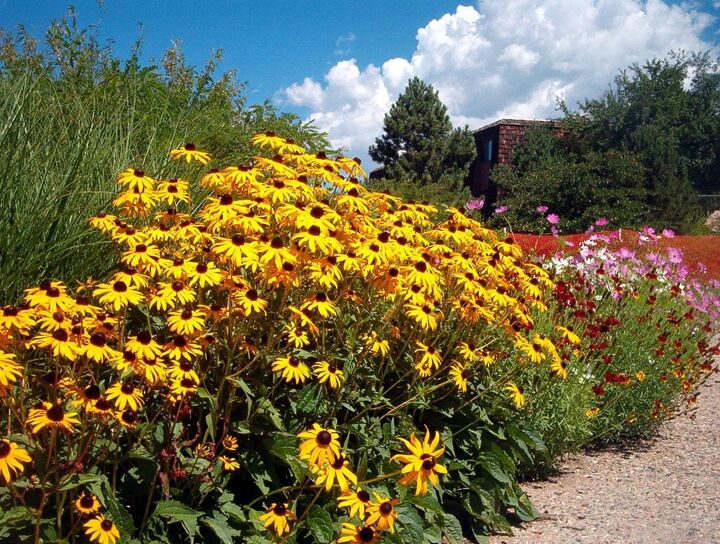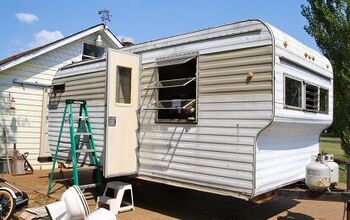5.5K Views
Sustainable Landscaping

by
Texas Home And Garden
(IC: )
Sustainable landscaping practices are becoming the norm for more and more Texans and this applies across the world as well. As the effects of non-sustainable yards and gardens become more apparent, homeowners are reconsidering their outdoor options.
Negative Consequences of Non-sustainable Landscaping Practices
What Exactly is Sustainable Landscaping?
What Are Some of the Techniques That Foster Sustainable Landscaping?
Should You Jump In?
Published April 1st, 2014 12:14 PM






















Comments
Join the conversation
Enjoyed this article. Since I live in a housing development, my uphill neighbors' rain runoff runs through my yard bringing with it the yard chemicals they use for their yards, though I use none on my yard. Any ideas for how to protect my sustainable landscaping from the chemicals in their runoff? Thank you.